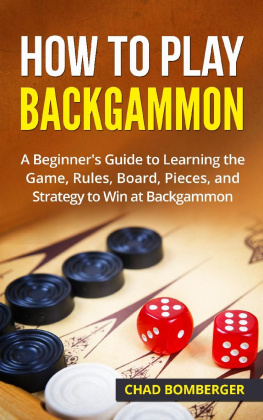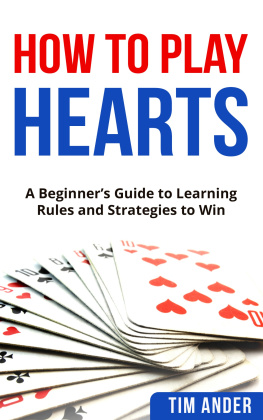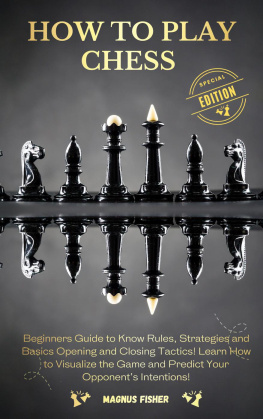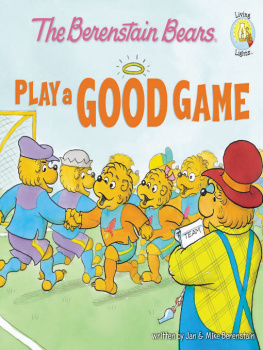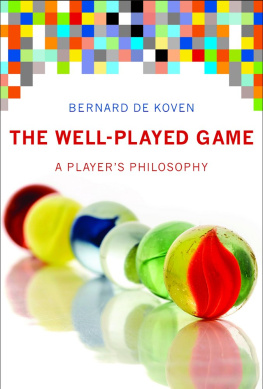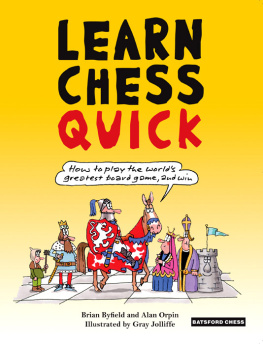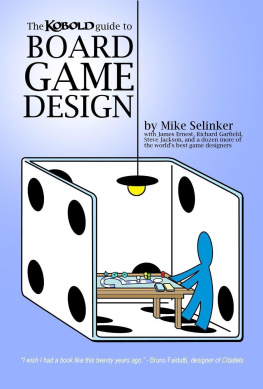David Chamberlin
How to play Warri
The Caribbean Oware Mancala Game
Self edited - 1984
Synopsis
Played wordwide, Oware is an international favorite game to play on a Mancala board. This guide to Oware (aka Warri, Ayo, or Aual) is a comprehensive look at the game. It explores:
- the rules, including international variation
- opening moves
- strategies and counting tactics
- end-game analysis.
The book includes two full sample games in detail with notes.
The author learned from the best players on the island of Antigua and wrote the first edition in 1984. If you are interested in learning (and winning) the game, this intensive book explores the game like no other.
Preface
To the best of the author's knowledge, this is the first book on the game of Warri, as played in Antigua and elsewhere in the Caribbean.
Chapter 1 illustrates the mechanics of play, which can be learned in half an hour at most. Games usually last five to fifteen minutes. Chapters 2 through 4 should enable the reader to enjoy the game on a casual level, and there is no need to go beyond them. Chapters 5 through 7 are for the more serious player who wants to pursue the full range of strategy, which matches that of Chess. For those players, Chapter 6 should be the most intriguing as well as the most important.
Readers with a further interest in the game are invited to contact the author at
2101 Birchwood Road
Lancaster PA 17603 USA.
Chapter 1: The Rules of the Game
The Game
Warri is the major game of Africa and the Caribbean. It might be called the Chess of the Third World, thought it is faster and livelier than Chess. Historically, it belongs to the oldest family of games in the world, the Mancala family of pit-and-pebble games, which originated in Ancient Egypt about 3500 years ago.
Equipment and Play
The Warri board consists of two rows of six hollows, called houses. (The name Warri is an African word meaning houses.) At each end of the board is a larger house for captured seeds (also referred to as beads, beans, nickers, pebbles, stones, etc.). There are two players. Each player moves only from the six houses on his side, and captures only in the six houses on his opponents side. A player makes only one move each turn. Play is counter-clockwise. The game begins with four seeds in each house, and ends when one player captures more than 24 seeds. Draws (each player capturing 24 seeds) are possible.
Diagram #1 shows the opening position, with the players and their capture houses labeled X and Y, and the other houses labeled A through F from front to back. Capital letters are used for Xs houses, small letters for Ys houses.
Diagram #1
| Y |
| a | b | c | d | e | f |
| 4 | 4 | 4 | 4 | 4 | 4 |
| 4 | 4 | 4 | 4 | 4 | 4 |
| F | E | D | C | B | A |
| X |
Moving
A player may move from any of his six houses, excluding those that are empty. He moves by taking all the seeds in a house and placing (sowing) them one at a time in each succeeding house. Thus, if X opens with his B house, the position will then be as shown in Diagram #2.
Diagram #2
If a player moves a house with enough seeds in it to reach back to the original house (12 or more), the original house is skipped and left empty. Thus, in the following position, if Y moves his a house,
Diagram #3a
| a | b | c | d | e | f |
| 14 | 1 | 1 | 1 | 0 | 0 |
| 3 | 3 | 3 | 0 | 0 | 0 |
| F | E | D | C | B | A |
the result will be
Diagram #3b
Capturing
A capture occurs when the last seed played makes a total of two or three in one of the opponents houses. A house containing three or more seeds cannot be captured. In the first pair of boards (Diagram #4), X moves his C house and captures three from Ys e house. In the second pair of boards (Diagram #5), Y moves from his a house and captures two from Xs F house.
Diagram #4a
Diagram #4b
Diagram #5a
Diagram #5b
When consecutive houses preceding the last house also total two or three, they too are captured. In Diagram #6, X captures b, c, and d, but not f.
Diagram #6
It should be noted that houses with over 12 seeds can place a seed in an empty house and then capture it. In Diagram #7, Y captures C and D, but not E or F.
Diagram #7
| a | b | c | d | e | f |
| 0 | 16 | 0 | 0 | 0 | 0 |
| 0 | 2 | 1 | 0 | 0 | 0 |
| F | E | D | C | B | A |
Ending the Game
When all six of a players houses become empty, his opponent must move so as to give him seeds, if that is possible. In Diagram #8, after Y moves, X must move either A or C.
Diagram #8


